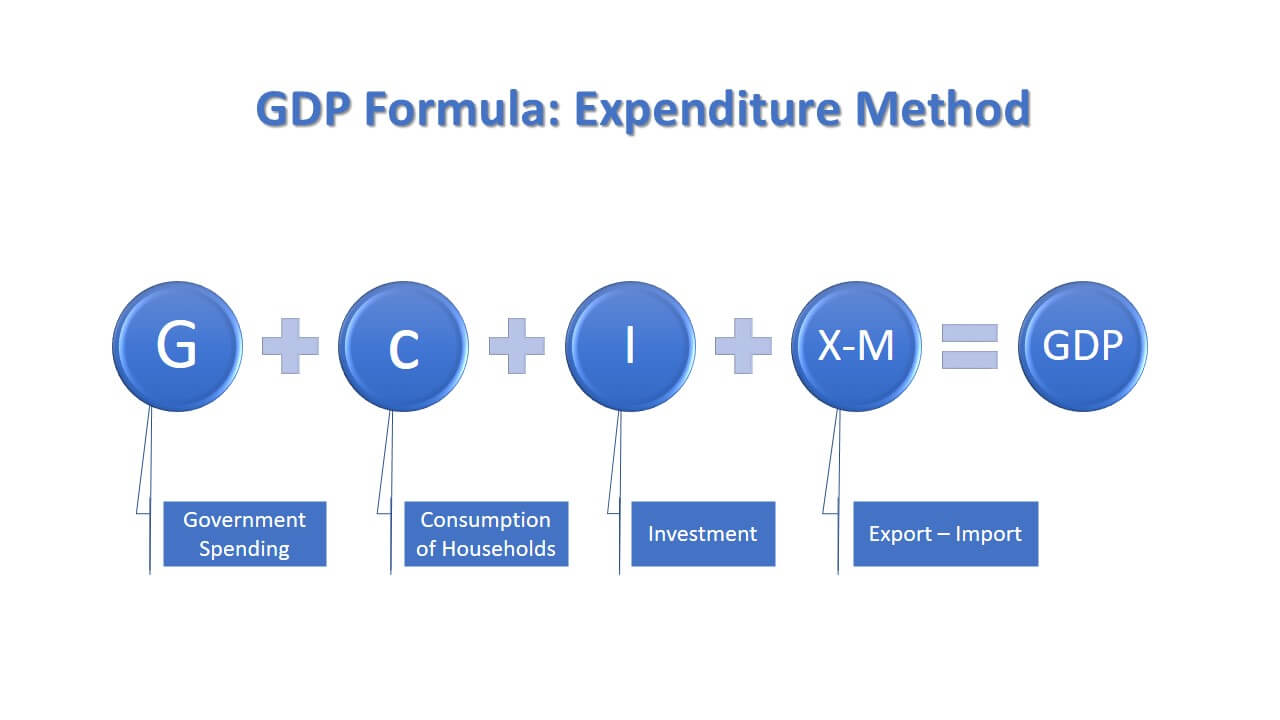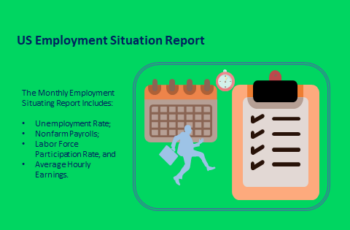Initial Jobless Claims is a US economic indicator that shows the number of Americans filing for unemployment insurance benefits for the first time over the past week.
In other words, the indicator Reflects the number of people who lost their jobs during the specified week who claim unemployment benefits. The U.S. Department of Labor releases the number of claims at 8:30 a.m. EST each Thursday.
Remember that this indicator is released weekly, not monthly, like most other economic indicators.
Notice that this indicator releases jobless claims for only those who claim for the first time. There is another indicator called CONTINUING CLAIMS tracking the number of those workers who continued claiming unemployment benefits.
Importance of Initial Jobless Claims
The Initial Jobless Claims indicator does not tell the whole story of the job market. It is released weekly. So, it indicates what happened in the past week, which is a short period. So, the impact of this indicator on the economy is not huge in a normal economic condition period.
However, it is an indicator of the unemployment rate that is helpful to forecast the unemployment rate. For example, if it rises continuously, you can expect a hike in the unemployment rate before its release date.
Generally, the Initial Jobless Claims rise before the economy enters into recession. But decline before the economy starts recovering. So, it is a leading indicator during the recession and recovery business cycle phases.
Vacations and holidays impact jobless claims data. That is why investors expect volatility in the data.
So for investors, the best way to analyze it is to count its average.
Bottom Line
The Initial Jobless Claims is a U.S. economic indicator stating the number of workers who started claiming unemployment benefits. It is a leading indicator during economic recession and recovery. Overall, a reading better than expected is a positive sign that may have positive impacts on the U.S. stock market and the USD quotes.






